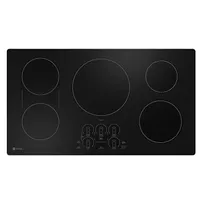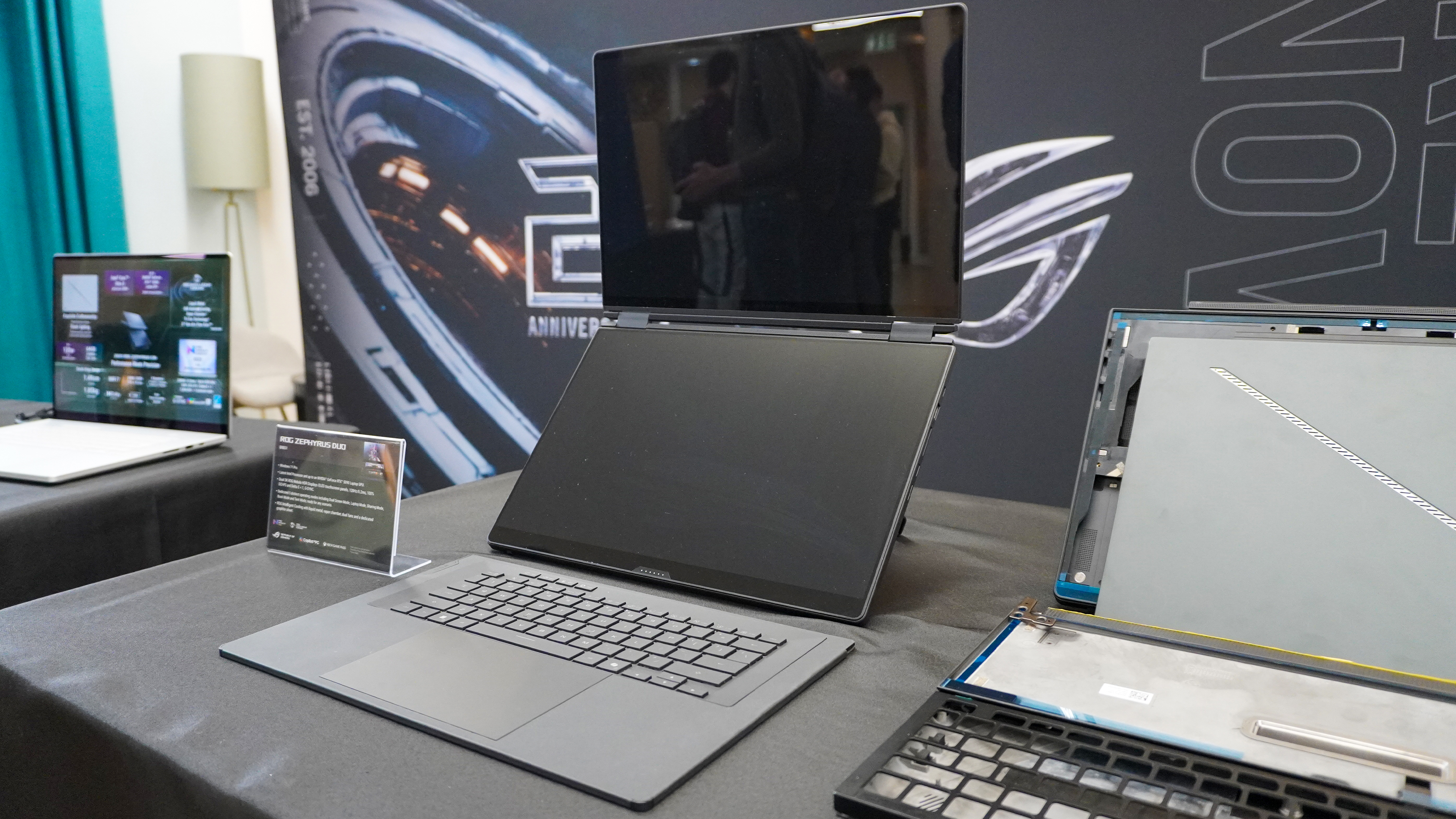Induction experts share 6 cooking tips to unlock your induction cooking potential
Get the most out of your induction cooktop
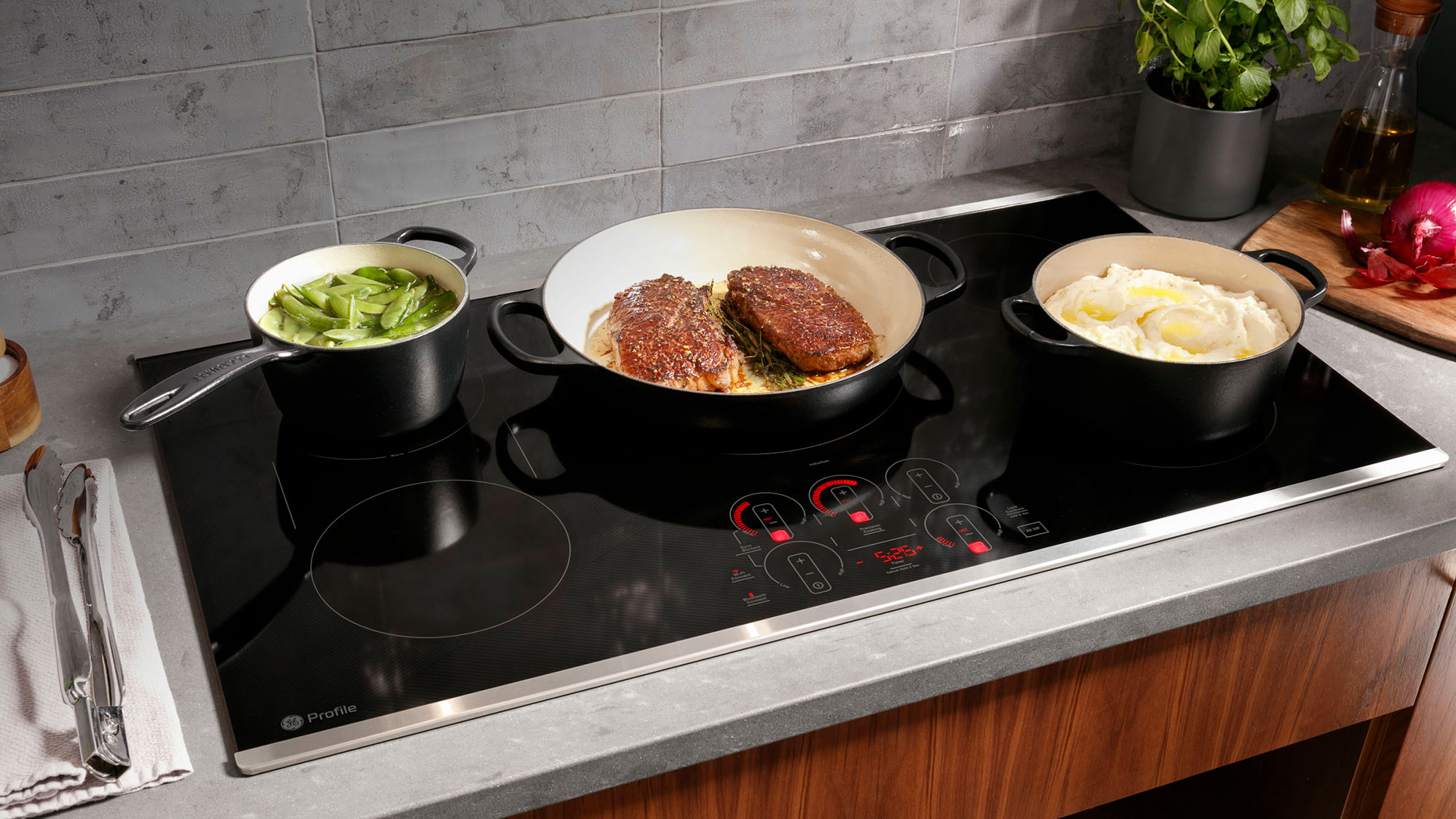
There’s a great interest in induction cooking, but just like anything new or unfamiliar, it’s natural to feel wary. So if you have always used a gas or electric range and are unsure how you’ll find the switch to induction, I’m here to ease your transition to an exciting way of cooking.
With the guidance of culinary experts, I share how to make the move to induction cooking without any nasty shocks or surprises.
1. Move away from the ‘visual flame’
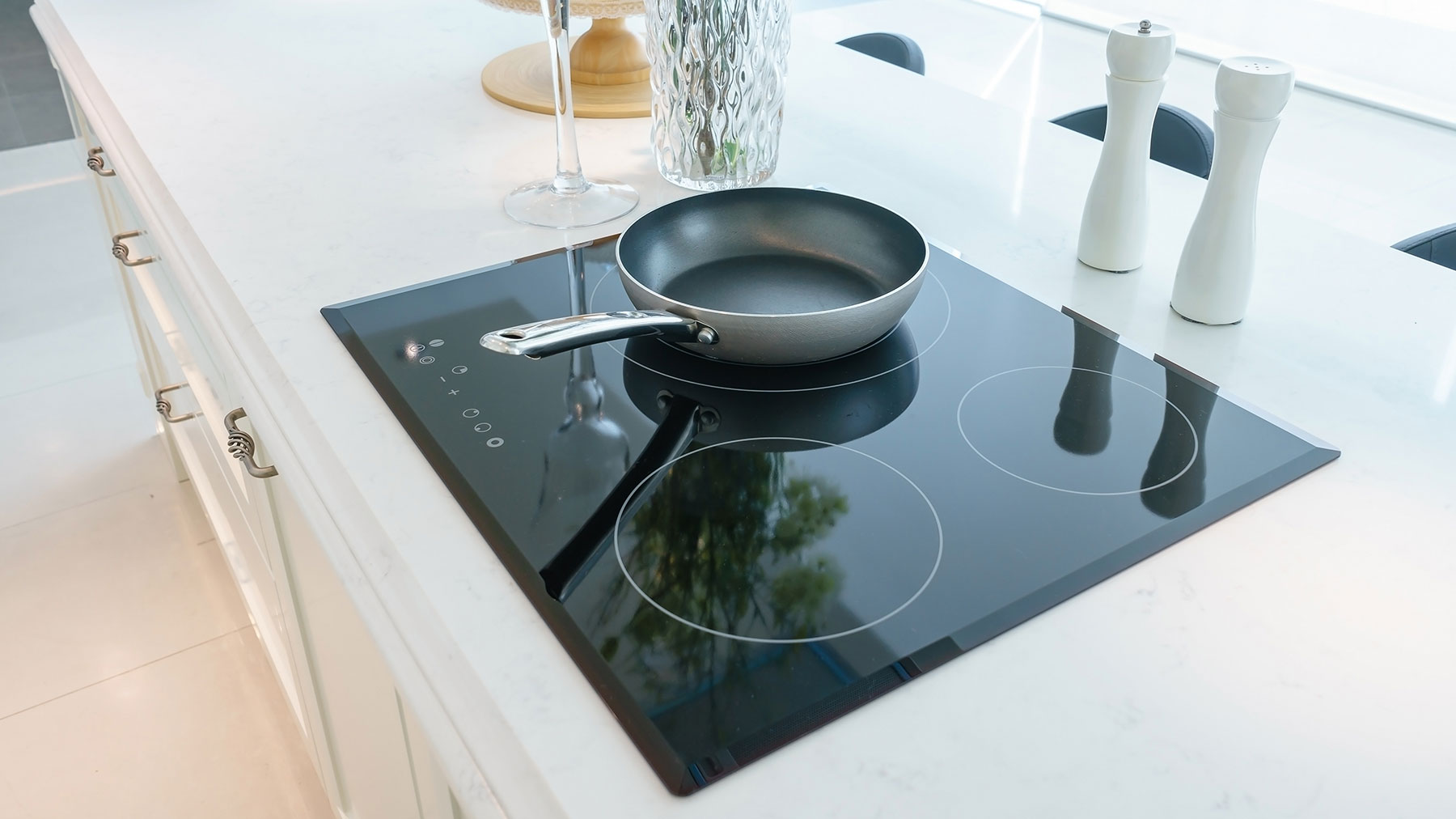
One of the main differences with induction cooking is the change in heat distribution. Maricel Gentile, Chef and Owner of Maricel’s Kitchen, says that when using gas, we all take on a mindset based around the ‘visual flame’. However, induction cooking varies, and you need to change your focus.
Instead, she says you need to learn “what a ‘5’ versus a ‘10’ setting means on a burner, and get comfortable with digital feedback instead of watching a flame rise or fall.”
Jessica Randhawa, Owner and Head Chef at The Forked Spoon, agrees, and says it’s all about retraining yourself to react quickly anytime you touch the dial, so that you don’t overheat or overcook the food while still expecting lag time.
And since there are no flames to read, Randhawa says she has “learned to read the cues from both the pan and the food itself.”
And with experience, she says she's also learned to trust her senses, as "cooking is as much an art as it is a science.”
Get instant access to breaking news, the hottest reviews, great deals and helpful tips.
Induction also provides consistent heat across the pan, while gas flames and electric coils are more likely to produce uneven heat spots under your cookware. Mike Williams, VP Sales and Marketing at Kenyon, says that it may take you time to adjust to an even heating surface.
2. Cooking without sound
Apart from not seeing a flame, you'll also have to get used to a different sound. Kenyon explains, “You’re probably familiar with the sound a gas burner makes, especially as you turn the heat up and the flames get larger. Electric coils can hiss or buzz, too. But induction cooktops are nearly silent, so you have to just get used to the fact that just because you can’t hear them, doesn’t mean they’re not on.”
However, he mentions that some cookware, when used with induction cooktops on high power levels, can make a buzzing sound or humming noise, which can be reduced by lowering the power level.
3. Be prepared that heat changes are instant
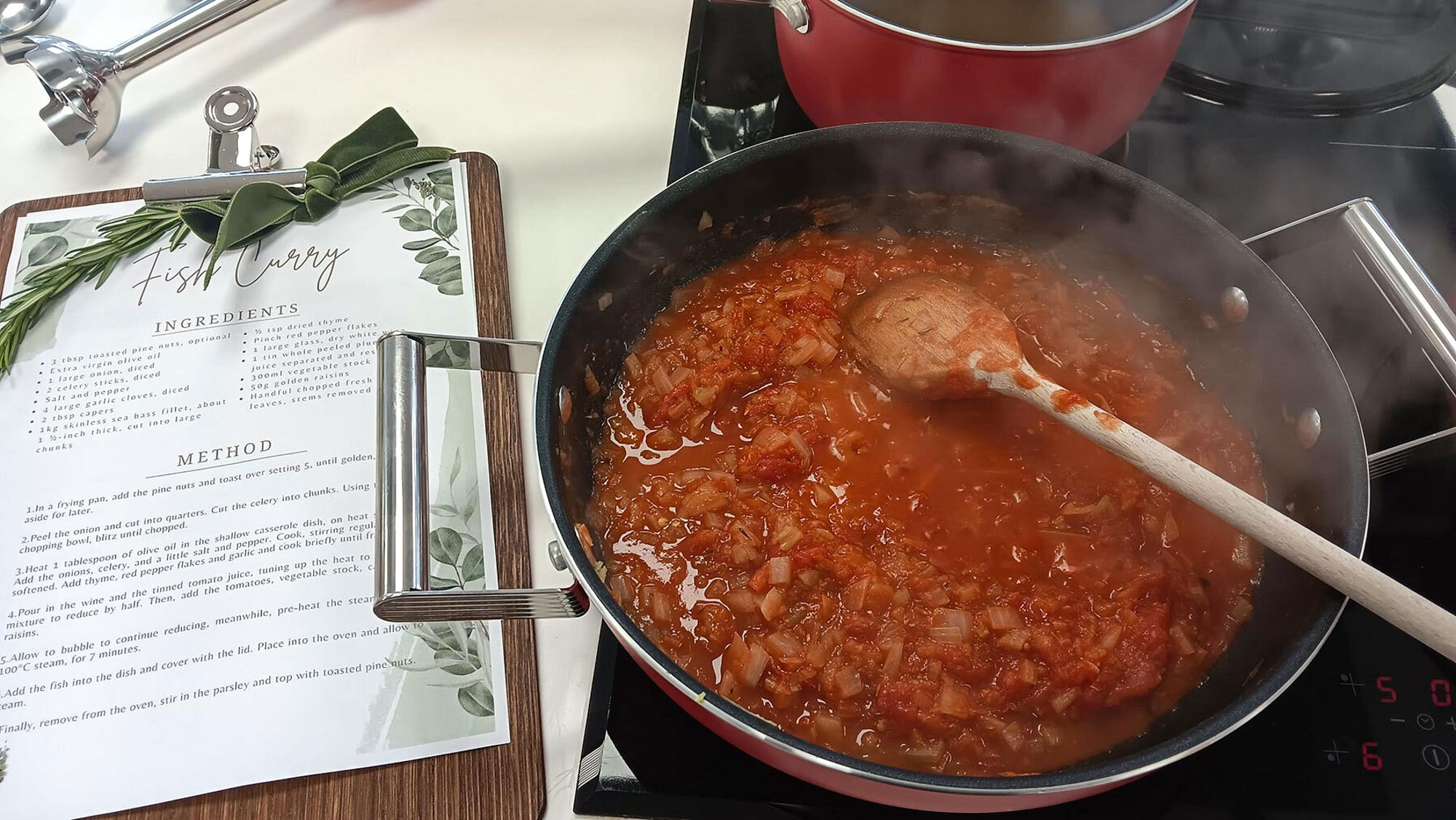
Gentile says that when you’re first starting to cook with induction, you need to be able to anticipate the difference in how it reacts to changes in heat compared to gas or electric cooking.
And Kyle Taylor, Founder and Chef at HE COOKS, believes getting used to the instant responsiveness is the biggest learning curve. “People who are used to gas or electric really need to recalibrate their timing, or things could get out of whack quickly,” he says.
4. You may need to change your cookware

You may or might not already know, but induction works by magnetism, meaning that your pans will need to be induction-compatible for the heat to transfer from the cooktop to your pan.
However, there are still plenty of pan options available, including stainless steel pans, enamelled steel and cast iron pans, although you won’t be able to use aluminum pans, glass pans or ceramic cookware, as they are not magnetic.
Taylor favors using heavy-bottomed stainless steel or cast iron pans, and says, “They distribute heat evenly and respond predictably to temperature changes,” while he warns, “Avoid inexpensive and lightweight cookware.”
Randhawa is on the same page as Taylor and loves using enameled cast iron cookware, as well as her high-quality stainless steel pans. And says, “I personally find that stainless steel with a layered base offers a great balance for everyday use, as it heats evenly and responds well to the instant precision of induction cooking.”
Size matters
You also need to match the size of your pan's base with the size of the coil. “The cookware works best when the burner coil matches up closely with the cookware’s base,” says Kenyon. “If the pot’s diameter is much smaller than the burner’s, the magnetic field isn’t fully utilized and may cause an error if the burner doesn’t sense a large enough surface,” Kenyon explains.
A similar problem will happen if the pan is too big, as only part of the pot will receive direct heat.
This 5 burner induction cooktop is designed with a sleek black ceramic surface that's scratch and stain resistant. The digital touch controls are easy to use and reviewers say it's "easy to install".
5. Adapt your cooking technique
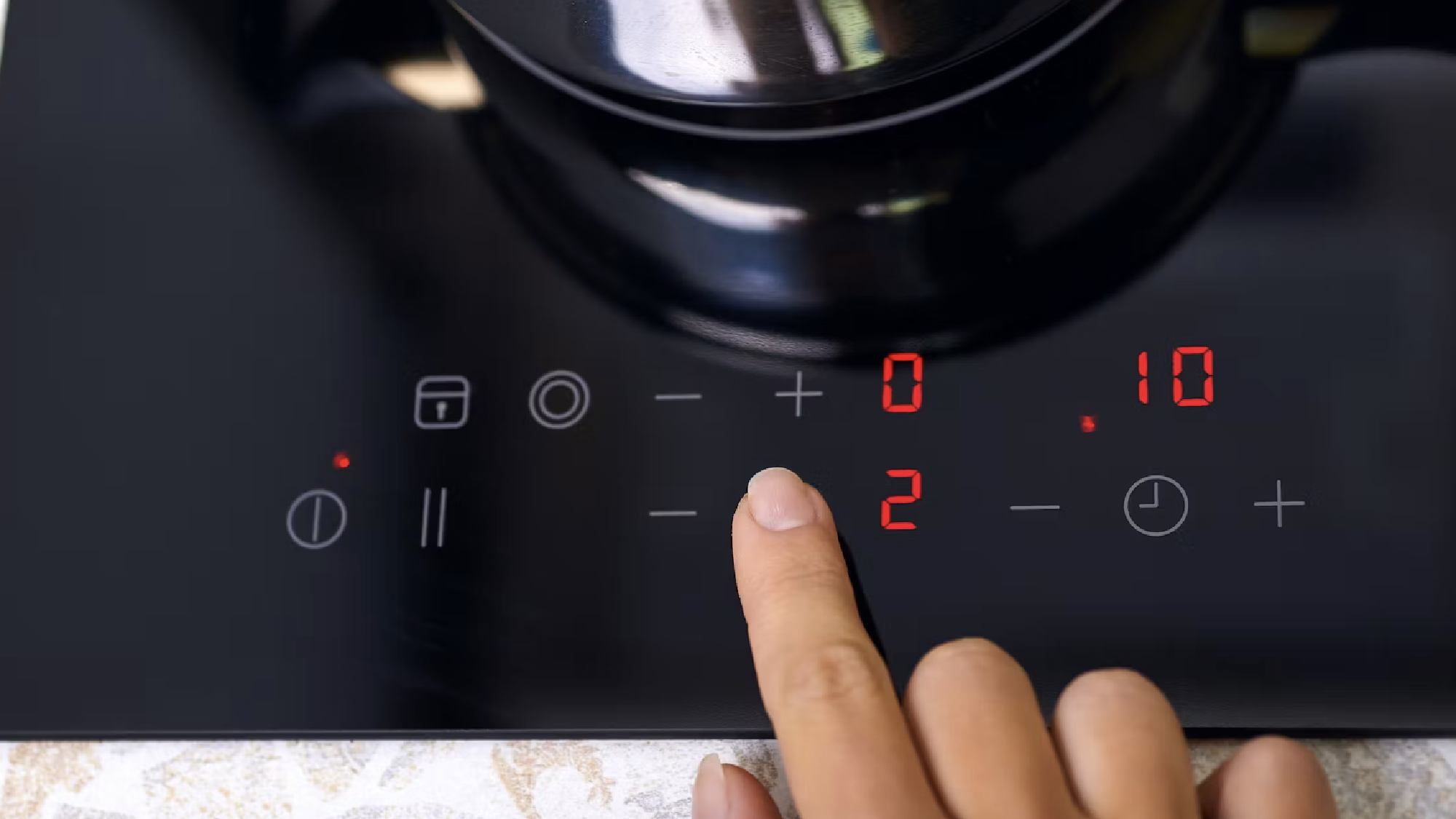
To help you get used to the nuances of induction cooking, Kenyon advises against placing an empty pan on a hot cooktop. “Because induction cooktops heat so quickly, heating an empty pan on high power can damage the cookware, so you’ll want to start on low heat and bump the heat up once ingredients are added,” he says.
It’s also advisable to start slow. Tyler says, “Start at lower settings than you think you need. For searing, preheat the pan longer but use medium heat instead of high heat. For stir-frying, use the temperature boost function in short bursts. Simmering requires the lowest settings since induction maintains heat so efficiently.”
Using a lower temperature will also help you perfect delicate foods, such as fluffy scrambled eggs, while also retaining nutrients and enhancing flavor development in vegetables and proteins. “It’s not about rushing to get to the internal temperature as it is to have efficient and consistent results,” says Kenyon.
Let precision work for you
Gentile recommends that you can learn to use the precision induction to your advantage. “You can hold a gentle simmer for hours, switch from a rolling boil to a poach in seconds, or nail a perfect sear without overshooting.”
Make a slight tweak to how you cook your traditional recipes
When you get started, Tyler recommends reducing the heat levels by 25% from traditional recipes, and he adds, “You can always extend the cooking time at a lower heat level, but once something reaches a certain temperature, there’s no going back.”
6. Common mistakes to avoid
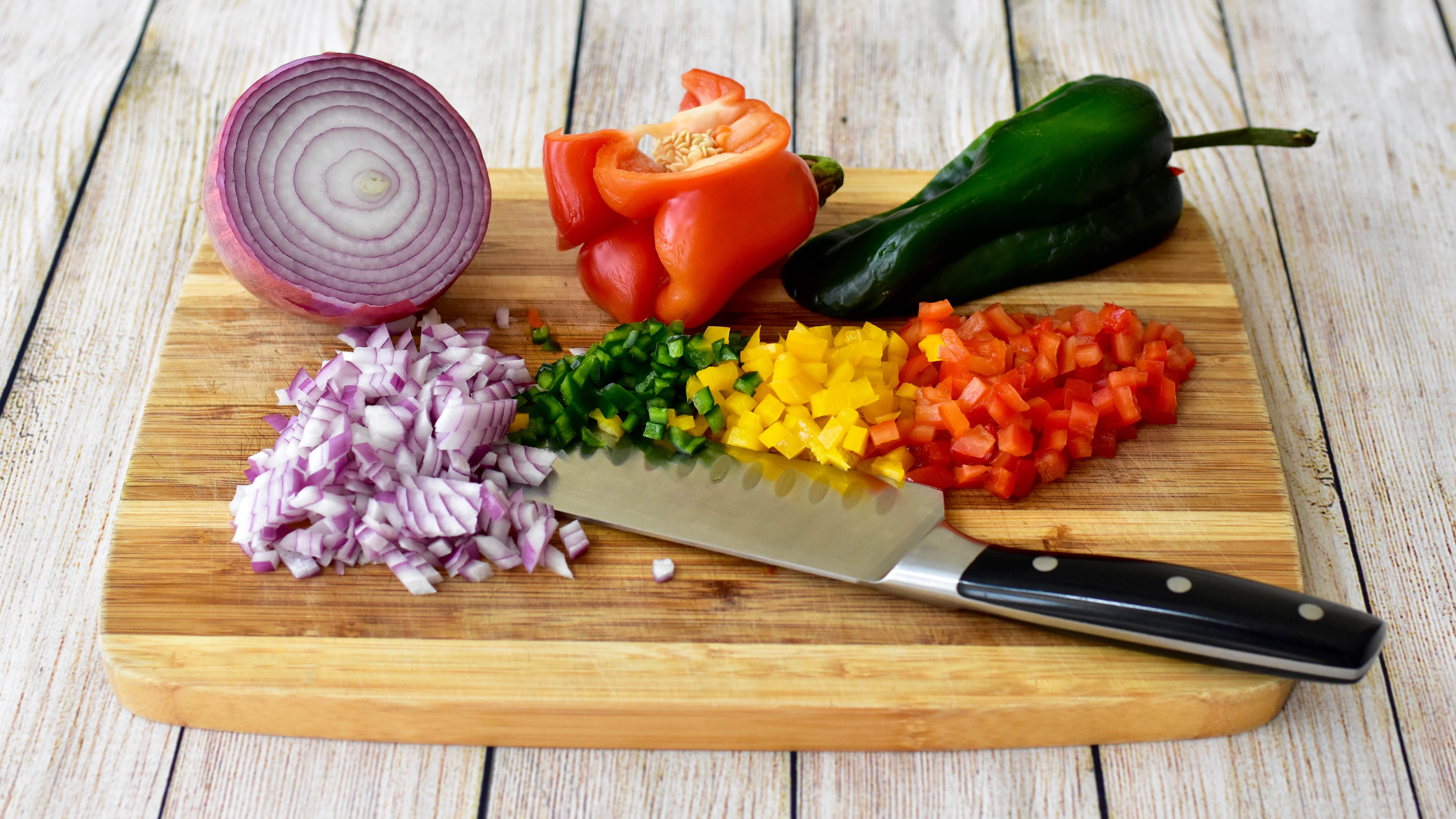
There are a few common mistakes that first-time induction users make. Tyler describes the three rookie errors that he experiences as “cranking the heat too high initially, not preheating properly, and using incompatible cookware.”
While Randhawa says, “The common beginner mistakes I see includes walking away while preheating and assuming traditional cooking times translate to induction cooking.”
To avoid making these errors, she advises starting with a lower setting than you think necessary and adjusting up from there, “as it’s easier to add heat than take it away.”
What’s more, because induction cooks so fast, Kenyon says one common mistake is starting your cook before all your ingredients are prepped. However, he adds, “If you have to start cooking before everything is ready, start on a low heat setting so nothing overcooks.”
You might also be interested in discovering how I got on when I tested Smeg's portable induction cooktop.
More from Tom's Guide
- I asked 6 culinary pros if it's worth switching to an induction cooktop — here's the verdict
- Induction cooking is easier than you think: Experts share their 7 top tips for success
- Induction vs. gas cooktop: Which is best for you?

Camilla is the Homes Staff Writer and covers everything to do with homes and gardens. She has a wealth of editorial experience, mounting over 30 years, and covers news and features, tests products for reviews and compiles buying guides.
Her work has appeared in business and consumer titles, including Ideal Home, Real Homes, House Beautiful, Homebuilding & Renovation, and Kitchen & Bathroom Business. She’s even appeared on the cover of Your Home, writing about her own house renovation.
Although she’s obsessed with decorating her home, she also enjoys baking and trying out the latest kitchen appliances. But when she’s not inside, you’ll find her pottering about in her yard, tending to her vegetable patch or taking in her prized hydrangeas.
You must confirm your public display name before commenting
Please logout and then login again, you will then be prompted to enter your display name.
